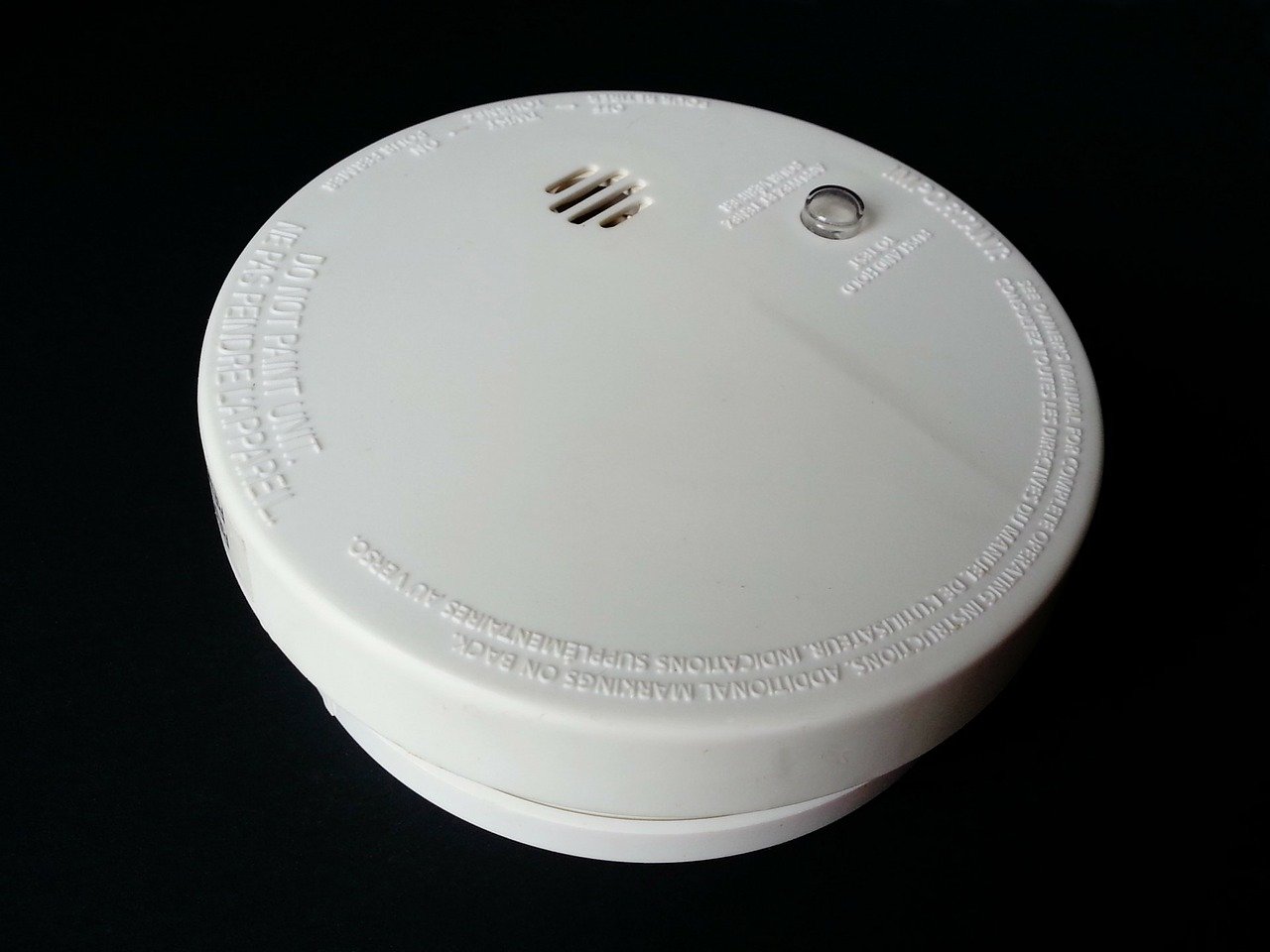We all have heard about Hydrogen which is a non-hazardous, odorless, colorless, and flavorless gas. But do you know hydrogen ranks in the topmost position on NPFA’s (National Fire Protection Agency) flammability scale? Even a very small amount of hydrogen increases the flammability when it mixes in the air. Ammonia is a toxic gas and in low amounts, it can cause issues like coughing, nose, and throat irritation.
In a high concentration, it can lead to some fatal problems such as the burning of eyes, throat, respiratory tract, and even death. On the contrary, though chlorine is not a flammable gas alone, it can result in an explosion when mixed with other chemicals such as ammonia or turpentine.
These gases along with other toxic and flammable gases are very common in industrial plants. Thus, without a proper gas detection system, the safety and security of the industrial plants will be highly vulnerable. And the Gas detection monitors ensure the safety of the industrial plants by detecting hazardous gases, notifying about the threat, and taking quick precautionary measures.
Gas detection and notification:
Gas detection monitors not only detect the risks associated with hazardous gases but also take effective measures to mitigate the risk. As per IEC 60079-29 and IEC 62990 series standards, the function of a life safety gas detection monitor is not only limited to identifying toxic and flammable gases.
In addition to this, it should send notifications when the data reaches a specific threshold to inform the respective authority. It should also be able to take automatic precautionary steps such as locking a door or valve, opening more ventilation options, etc to resolve the risk. With the improvement in technology, gas detection systems are getting loaded with smart features that ease the process of digital information transfer.
Due to the connection of gas detection monitors with a Safety System Controller (SSC) and other smart devices, taking quick precautionary measures to mitigate risks as become easier to perform. In addition, portable gas detectors are easier to carry anywhere within an industrial area. Thus, it ensures full personal protection along with increased coverage in industrial places.
Associated risks with combustible and toxic gases:
Combustible gases are highly flammable and when they come close contact with an ignition source, they can cause serious explosions. Some examples include naturals gases, propane, methane, hydrogen, etc.
Toxic gases cause harm to the human body when they come in direct contact. They can cause minor harms such as skin irritation, bruising to fatal harms and even death. Some examples of toxic gases are hydrogen, ammonia, carbon monoxide, etc. While some gases are either toxic or flammable, many are both toxic and flammable.
Certifications and product & performance standards:
As life safety gas detection monitors are very important in industrial plants, so, manufacturers follow a high standard and quality measure to prepare them.
Every component of a gas detector needs to be product certified and performance certified to provide optimum performance in a critical and hazardous situation. Also, a regular calibration of these detectors is very important. Instrument calibration services can do this task for your detectors to get accurate measurements.
